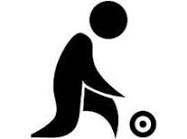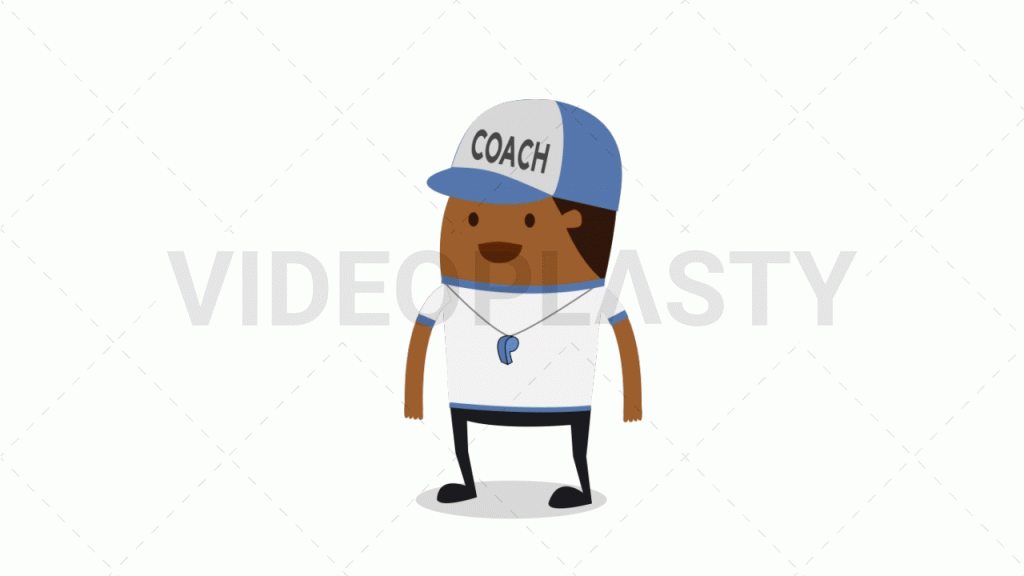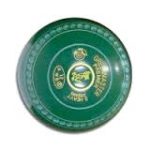Practise game for this unit.
Click on the bowl. All about consistency. What a second needs.
Coaching. The Second.
The second is the anchor man.
* mastery of all shots – draw to drive and especially line adjustments.
* always up to the head or target.
* ability to change hands frequently.
* ability to play to any point on the rink.
* must play as directed.
The second needs a positive attitude as there may be the need to save if the lead fails.
The second is the most important player in the team
All team members:
* be positive.
* be compatible.
* act and play as a team.
* believe in each other.
* set team goals – together
* don’t argue on the green – sort it out later.
Remember! Remember! Remember!
The lead and the second build up the head.
The third and skip protect and add.
Don’t drop big scores through being smart!
A thorough understanding of the changes is required in bowling line and weight for playing positional, trail or through the head shots and in particular for playing into short bowls to push them in for shot or through the head.
Wait behind the mat until your skip gives you directions.
command of the with little or no preference for either hand. Your job is to be the backup for the lead especially if he has failed so almost all the second’s shots will be draw shots.
Remember that the object of each end is to have more bowls close to the jack than your opponents. Practice routines should therefore be mainly the draw shot at different lengths.
H
H A back bowl is insurance against movement of the jack so practise bowling position bowls, particularly to the edge of the ditch.
Make sure you at least reach the head with all your bowls, even up to a metre behind. However, if asked for a firm shot, do not lose your bowl in the ditch. A bowl on the bank is useless.
Rules. The Second’s Duties.
The second does not keep a record of all shots scored for and against his team and retain possession of the score card whilst play is in progress. This is now the job of the skip.
He may still keep the scoreboard for every alternate end.
Etiquette. The customs and rules that govern social interaction; about our behaviour on the green and around the club.
The unwritten or conventional rules of courtesy between players.
When changing ends walk down the centre of your own rink. If a consultation is necessary between thirds and skips it should be done on the head.
Bowls New Zealand has produced a series of coaching videos, a new initiative from the Bowls New Zealand coaching group for the benefit of the entire bowling community.
Topics include: technique tactics performance nutrition mental skills fitness
Click on the icon to go to the BNZ website. 





















